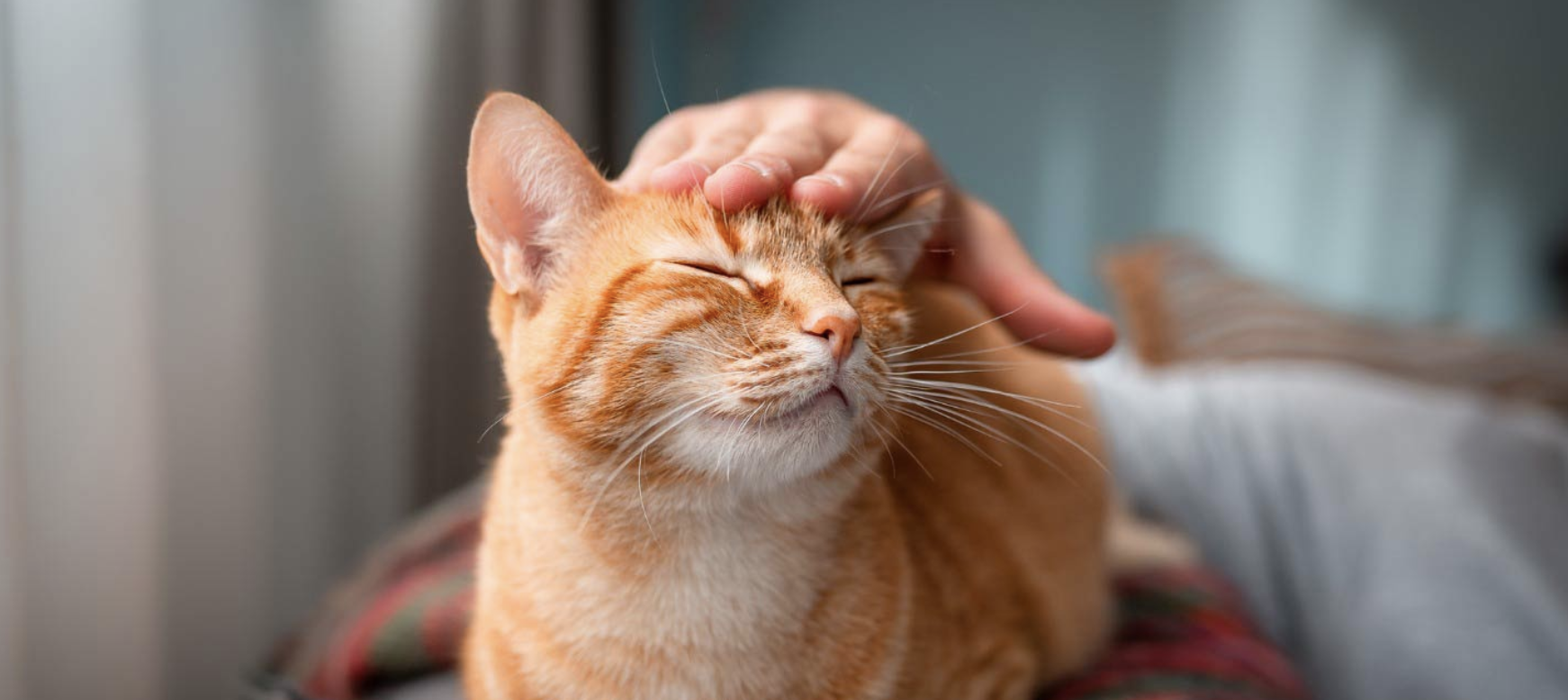Exciting times ahead! You are getting ready to raise your first cat.
It’s best to plan ahead if you can – but occasionally a stray cat will simply walk into your life – in which case, there is little to be done on your part to make it comfortable – its mind is already made up! All you can do is obtain a few items of equipment and arrange a thorough vet examination and you’re all set. If your stray is an experienced adult it will make itself at home very quickly – but be aware it can walk out of your life as quickly as it walked in!
If you are acquiring a cat more deliberately you should plan ahead to make the new member of your family feel welcome and at home. The settling-in period can be traumatic for the newcomer which can be eased by sensible, sensitive handling. It’s important that you established ‘house-rules’ and habits that your cat can follow for the rest of its time in your company. Follow these few tips as you get ready to raise your first cat.
Getting the home ready
Apart from a carrier of some kind, in which to bring your cat home in, you will need to obtain a few more items: a sleeping basket or box with some bedding, feeding bowls and food, a litter tray and cat litter. Other items such as a scratching post and toys can be bought later.
Bringing your cat home
Your cat will be bewildered at first by its new surroundings. It’s important they get to know their boundaries and their own special furniture as soon as possible. If you can establish a routine quickly it will work in both your favours. Position its bed in a quiet, dimly-lit, warm corner. If you allow your cat to sleep on a chair or sofa it’s advisable to cover it with a washable blanket for cleanliness and hygiene; cats are creatures of habit and will be quick to adopt one or more favourite sleeping places!
Wherever the cat sleeps, must be within easy-reach of the litter tray. Ideally this should be positioned to give the cat privacy and should remain in the same place. The feeding place should be the same too. Choose a position that allows the cat to eat its meals undisturbed, and if there is more than one cat – or other pet – provide feeding bowls for each.
A scratching post is beneficial if your cat is confined indoors. Even cats allowed the freedom to roam and claw trees will occasionally try to sharpen their claws on your favourite piece of furniture or carpet. It’s best to keep a scratching post near where they sleep for use on waking.
Settling in and safety
When you first bring your cat home make sure you close all your windows and doors and generally make sure the area is safe. Cats are naturally curious – and sneak about. Make sure they don’t get shut in open fridges, dishwashers or washing machines. And never allow them to jump onto the stove – there may come a time when it’s hot, with a pan of boiling water or oil on it ready to tip over. Open fires should be guarded – even when it’s not lit. Cats are intrigued by chimneys and often jump up inside. Beware of electric cables – kittens especially – like to chew and bite through things (practising for the great outdoors). They might be electrocuted if they bite through the insulation. It’s best to disconnect all unused appliances and teach your cat that cables are taboo!
During the first few hours of arriving home your cat will want to explore every corner – savouring each new scent with interest. – but often apprehension – so set aside as many hours as you raise your first cat and spend as much time as possible with it. Be ready to amuse them but allow your cat to sleep whenever necessary.
One common sign that your cat is settling in is when it starts to groom itself. Now would be the time to offer it some food. After feeding show them the litter tray.
Cat flaps
During the coming days and weeks your new cat should become bold and brave – and be interested in the great outdoors. Many owners of cats that are allowed out fit a cat flap so that they can come and go as they please. It is very easy to train a cat to use one. Fit the flap at the correct height for the cat to step through, not to jump through. Most flaps operate two ways and have a magnet to close them. To tempt your cat through first – prop the door open and offer the cat a treat. Do this is both directions. Then partly prop the door open and encourage the cat to push it open further with its paw and head. It will soon push the closed door itself.
As you Raise your first cat…
As you raise your first cat, they will connect with you and very quickly you will become their favourite person. The companionship of a cat is undeniably one of the best relationships a human can have – it’s a partnership that can last for years!

